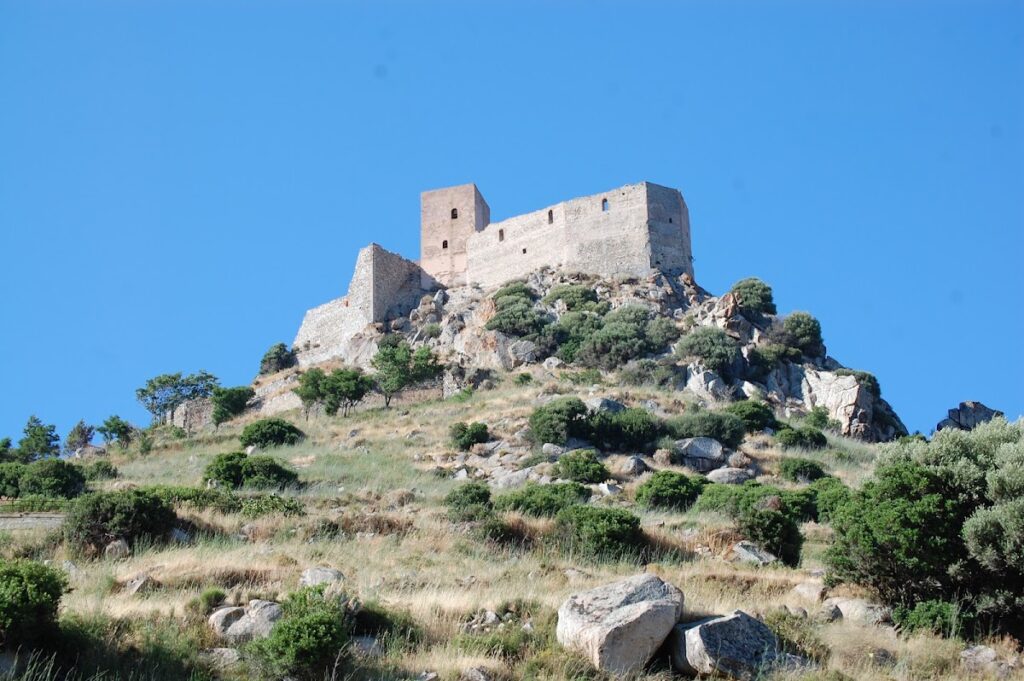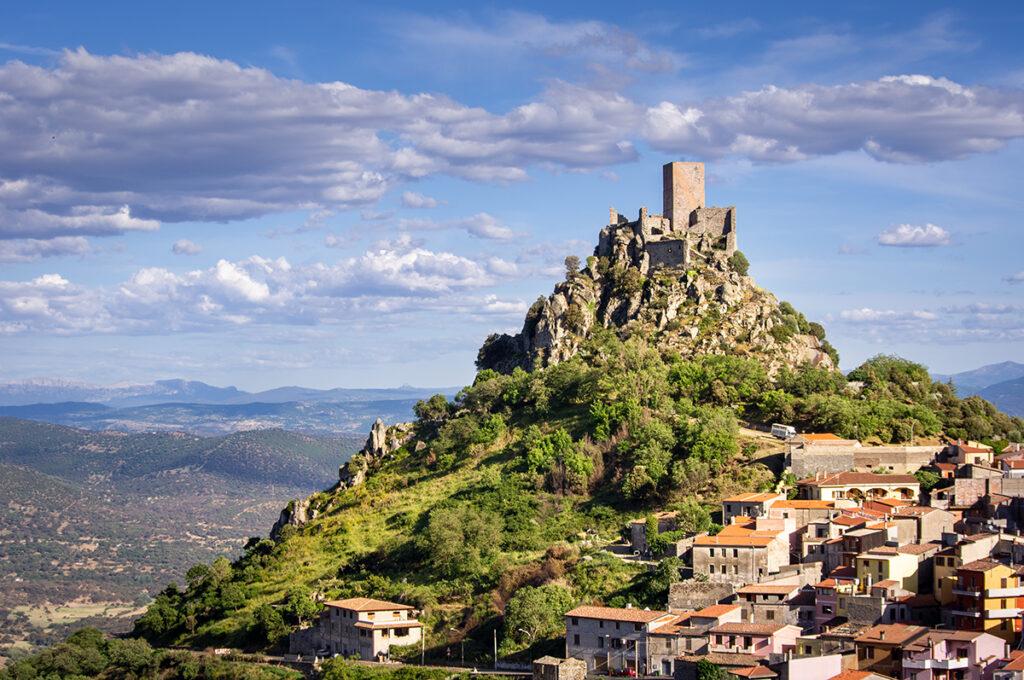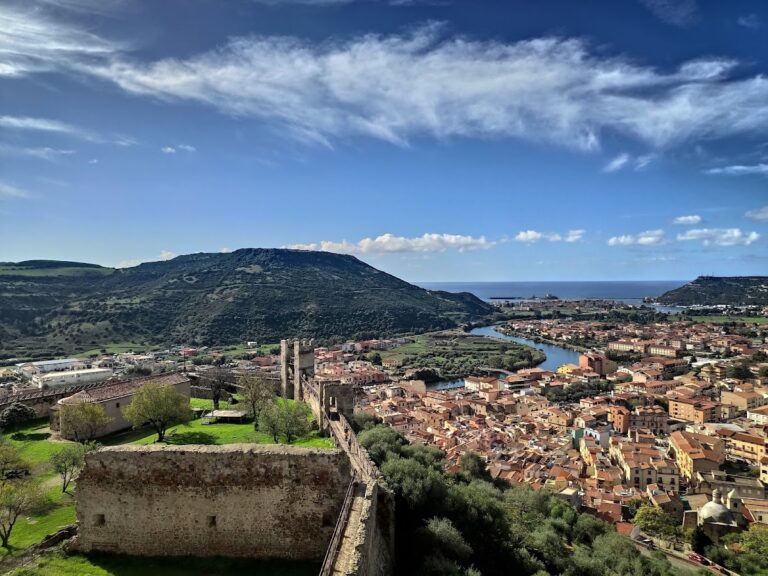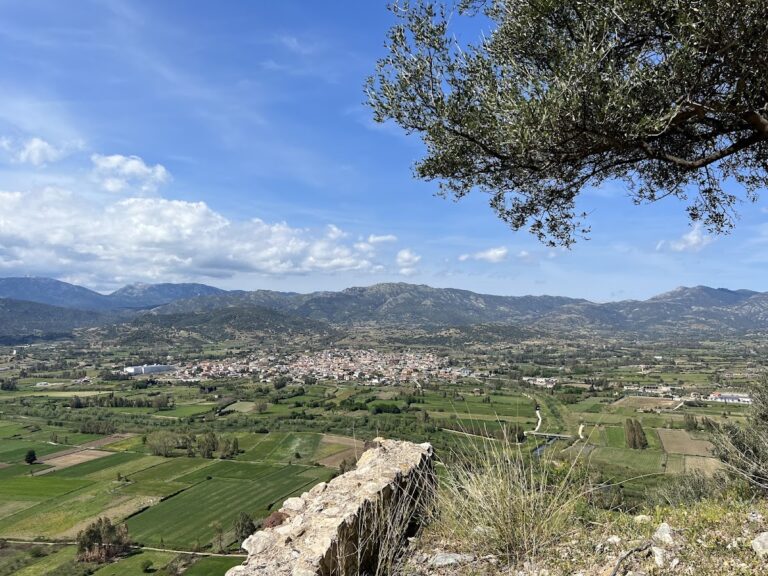Castello di Burgos: A Medieval Fortress in Sardinia, Italy
Visitor Information
Google Rating: 4.4
Popularity: Low
Google Maps: View on Google Maps
Official Website: www.sardegnaturismo.it
Country: Italy
Civilization: Unclassified
Remains: Military
History
Castello di Burgos stands on a granite summit near the town of Burgos in Sardinia, Italy. It was constructed in the early 12th century by Gonnario II de Lacon-Gunale, the judge of Torres, one of the island’s medieval Sardinian judicates—independent kingdoms ruled by hereditary judges.
In the late 12th century, the castle experienced violent conflict during territorial disputes between the giudicati of Torres and Cagliari. In 1194, forces led by Guglielmo I Salusio IV of Cagliari seized the fortress. This event is marked by the reported mistreatment of Prunisinda, the wife of the judge of Torres, who was imprisoned and later died in the southern Sardinian city of Santa Igia. The stronghold briefly came under the control of Pisa, a powerful maritime republic, but was soon reclaimed by Torres.
Following the death of Barisone III of Torres in 1233, his sister Adelasia inherited the castle. She married Enzo of Hohenstaufen, son of the Holy Roman Emperor Frederick II, who was named King of Sardinia. After Enzo was captured by troops from Bologna, Adelasia withdrew to the castle, where she lived in voluntary confinement until her death.
The castle later passed through the hands of several rulers. It came under Genoese influence and became a possession of the Sardinian branch of the prominent Doria family. The giudicato of Arborea, particularly ruler Mariano IV, also controlled the fortress. Mariano IV is credited with founding the nearby village of Burgos in 1336, linking the castle with the emerging community at its foot.
Eventually, Castello di Burgos fell under the dominion of the Aragonese kingdom, which unified Sardinia under their rule. They abandoned the castle, leaving it to deteriorate into the ruin that remains today.
Remains
The Castello di Burgos occupies a commanding position atop a granite peak at the foot of Monte Rasu, situated about 647 meters above sea level. Its layout consists of three concentric defensive walls that enclose a central courtyard, forming a multi-layered fortification. The outer and inner walls create a series of perimeter defenses, providing structured protection and control over access to the inner spaces.
Constructed primarily from locally sourced granite, the castle’s walls blend with the rocky terrain, reflecting the material realities of the surrounding landscape. The castle’s most prominent architectural element is its main tower or torre maestra, which rises more than 15 meters, dominating the complex and serving as both a watchtower and a final defensive refuge.
While the fortress once stood as a formidable military installation, the abandonment by the Aragonese led to its present dilapidated state. The surviving structures attest to its strategic importance, overseeing the territory and the community established nearby under the patronage of Mariano IV. Today, the ruins remain as a testament to the castle’s layered history and its role in Sardinia’s medieval political landscape.










